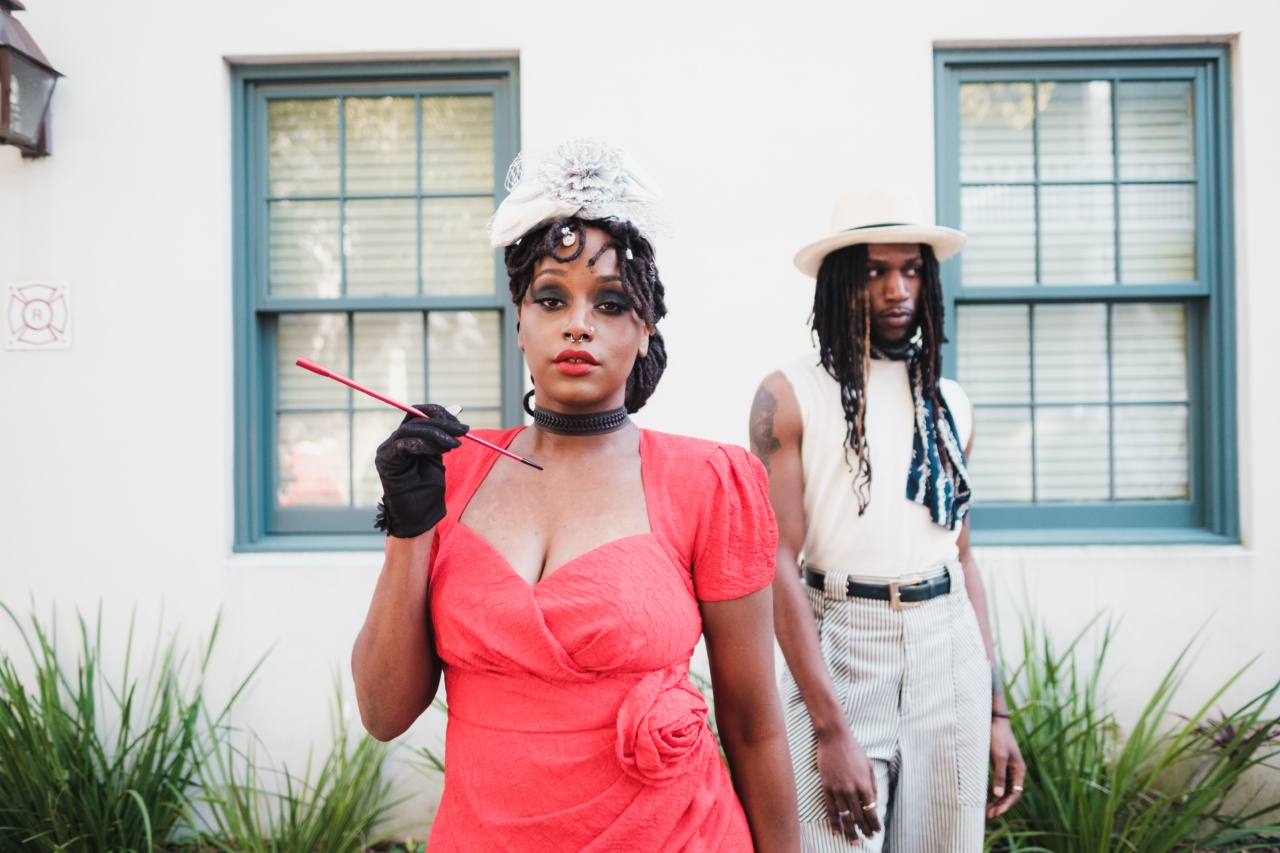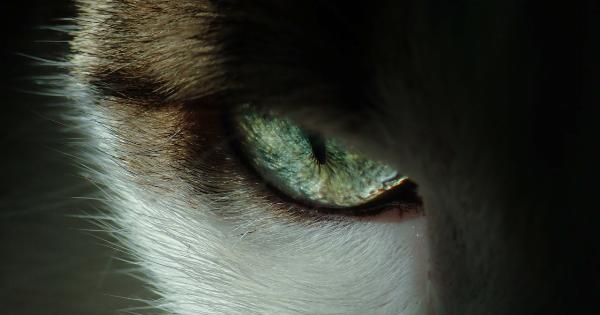Red hair has always been a source of fascination and intrigue. Throughout history and across different cultures, redheads have been associated with various symbolic meanings. From fiery tempers to mythical creatures, the symbolism of red hair runs deep.
This article explores the rich cultural symbolism and perceived traits often attributed to those with fiery tresses.
Fire and Passion
One of the most prevalent associations with red hair is the element of fire. The vibrant red hue is reminiscent of flames, and redheads are commonly believed to possess a fiery temperament to match.
The passionate nature often attributed to individuals with red hair evokes emotions of intensity, energy, and a zest for life.
Influence of Myth and Legend
Red hair has long been a central feature in mythology and folklore. In some cultures, redheads are believed to be descendents of supernatural beings or demigods.
These associations can be seen in stories from ancient civilizations, such as the tales of Celtic warriors known as “Red Branch Knights.” Additionally, red hair is often connected to mythical creatures like faeries and mermaids.
Perceptions and Stereotypes
Redheads have been subject to various stereotypes and stigmas throughout history, leading to unique perceptions of those with red hair.
In some cultures, redheads have been portrayed as witches or sorcerers, while in others, they are seen as symbols of good fortune or divine blessing. These varying perceptions have contributed to the complex symbolism surrounding red hair.
Cultural Variations
While red hair is often associated with Celtic and Celtic-influenced cultures, the symbolism of red hair can differ across various societies. In some Asian cultures, red hair is considered a sign of bad luck or ill omens.
Conversely, in Russia, red hair is seen as a sign of good luck and a distinctive feature of beauty.
Sexuality and Seduction
Red hair has also been closely linked to notions of sexuality and seduction. Throughout history, redheaded women have been portrayed as seductive and alluring figures.
This can be seen in various works of art and literature, where red hair is often used to symbolize passion, sensuality, and a hint of danger.
Social and Historical Influences
The symbolism of red hair has also been influenced by social structures and historical events. In some cultures, redheads were associated with social outcasts or marginalized groups, leading to negative connotations and stereotypes.
Historical figures such as Queen Elizabeth I of England, known for her fiery red hair, have further shaped the symbolism of redheads as powerful and influential individuals.
Celebrating Red Hair
In recent years, red hair has gained a renewed sense of appreciation and celebration. Redheads are now seen as unique and beautiful, with their distinct hair color being embraced as a symbol of individuality.
Social media campaigns and redhead festivals have emerged as platforms to celebrate red hair and challenge any negative stereotypes associated with it.
Red Hair in Popular Culture
Red hair’s symbolism and allure have cemented its place in popular culture.
From iconic characters like Anne Shirley from “Anne of Green Gables” to Disney’s fiery-tempered Ariel from “The Little Mermaid,” redheaded characters have captured the imagination of audiences worldwide. These fictional portrayals have contributed to the ongoing fascination with red hair.
The Power of Choice
Ultimately, the symbolism of red hair is complex and multifaceted. While historical and cultural influences have shaped perceptions, individuals with red hair have the power to embrace, redefine, and challenge these symbols.
Red hair can be a source of pride, a symbol of strength, and a marker of individuality.






























